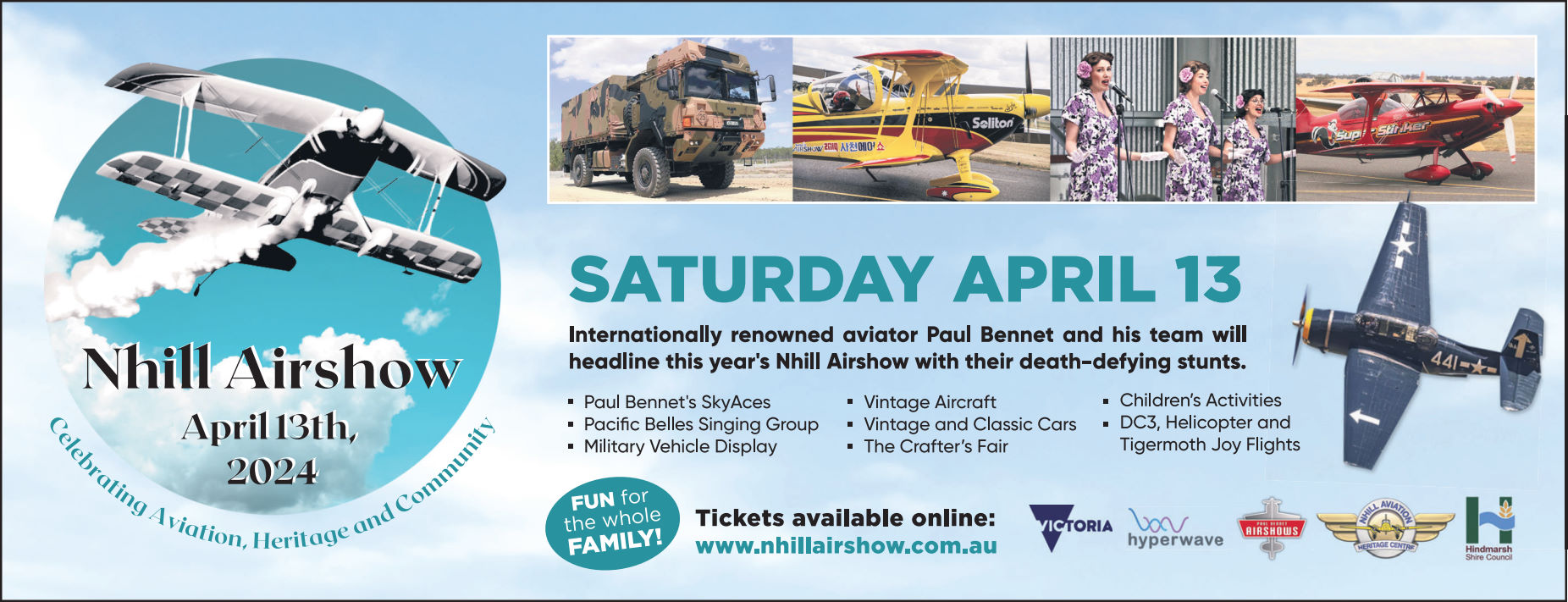The Anzac Spirit of fortitude, courage, service and sacrifice is what was made 104 years ago in a land on the other side of the world called Gallipoli, Turkey. A place not ever heard of in Australia until then.
Here is their Spirit, in the heart of the land they loves; and here we guard the recore which they themselves made - Charles Bean, First World War (WW1) correspondent and historian, inscribed at the Australian War Memorial (AWM), Canberra.
The Anzac Spirit has become the Aussie Spirit, in the presence of the Holy Spirit under the Great Southern Cross. It has helped us to appreciate ...”those who gave us what we have and who so significantly helped to make us who we are” (as Australians), words attributed from Dr Brendan Nelson, Director of the AWM.
Dr Nelson also said, “It is tempting, human beings as we are, to settle for the broad brushstrokes of our history. It is easy to settle for headlines, and in neglectful ignorance forget devotion to duty, service to our nation, and individual sacrifices made in our name. To do so would demean the memory of those lives and diminish us as we face new and emerging horizons”.
So on this 103rd Anzac Day we gather at this special and unique War Memorial to commemorate the 104th Landing at Anzac Cove on 25th April, 1915. To honour those men and women whose names are engraved on these granite tablets at Dimboola’s War Memorial. At first the WW1 Roll of Honour, later on WW2 and Korean War were put in place. We remember then and honour them; they who answered the ‘call to arms’ of King, Country and Empire; they gave their all.
In New Zealand and Australia Anzac Day services have been and are being held to honour all those men and women of the Army, Navy, Airforce and Nursing/Medical services who served and paid the supreme sacrifice in all theatres of war and peacekeeping. The first service was held earlier today in West Samoa and the last to be held at Anzac Cottage, Mt Hawthorn in Perth, Western Australia, this evening at 5.30 pm, WA time.
It was at Gallipoli, the Battle of the Dardanelles, the Australian and New Zealand Army Corps (ANZAC) were to develop a reputation of courage, sacrifice, ingenuity, independence and mateship, along with perseverance when faced with overwhelming/colossal odds.
They were to build on their value as front-line troops at the Western Front battles in France and Belgium between April 1916 and end of October 1918 at : Messines, Pozieres, Polygon Wood, Bullecourt, Hamel, Villers-Bretonneux, Mont St Quinton, Hindenburg Line. By 1918 the Anzac’s had become the elite of the British Expeditionary Forces.
The Light Horse troopers reunited with their horses in Egypt in 1916 mounted up and demonstrated the same fine qualities as their Infantry mates. Proving their worth with the advance against the Ottoman/German forces in the Middle East campaign. They being at the fore-front of the successful battles of Romani and El Arish (1916), and Beersheba (1917). Continuing the push through Palestine and Jordon in 1918, to witness the enemy surrender in October.
British General Sir Edmund Allenby said, “..they have earned the gratitude of the Empire and the admiration of the world”.
These tenacious, resolute and resourceful men have earned an honoured respectful place in our history; forging a legend in our folklore.
One hundred years age a war memorial for Dimboola was being discussed by two separate groups : Returned Sailors Soldiers and Airman’s Imperial League of Australia (RSSAILA) later to become the Returned Services League (RSL), Dimboola Sub-branch and a local community organisation. They later combined their efforts to form a planning committee of fifteen men : eight RSL and seven community. Their vision had to be put on hold due to an interruption; the Spanish Flu Pandemic .
This episode was experienced across Australia and New Zealand at the time. This was to be an added burden to bear for the many returned/returning men who shattered in health, suffering from wounds, serious disabilities and illnesses, and for their families and their carers.
The death toll worldwide was greater than the ‘Great War’ itself.
Where we gather today in remembrance, is the vision splendid, opened in 1924 : Dimboola Soldier’s War Memorial, a Memorial Elementary School, later a High School, now Dimboola Memorial Secondary College (DMSC). A place of secondary education attended by students from Dimboola and district, Jeparit and Horsham.
Unique, being one of a kind in Victoria. A place of learning; a living memorial.
In recent years some students have had the opportunity to be involved in various projects to aid our remembrance and commemoration : making of the tall artificial poppies, revamping the garden beds in front of the memorial building, ensuring each plaque in the Avenue of Honour has a poppy on Anzac Day, helping with weeding and tiding of the Avenue of Honour.
The Anzac Crosses set out near Matron Paschke’s memorial are replacements made by a Year 12 VCAL Student Project.
These students : Sophie Warner, Brady Paley, Chris Eldridge, Daniel Danish, Tom McErvale, Yasmin Harradine, thank you for your excellent work. It is a wonderful contribution for the remembrance of those who have died since their war service.
The first WW1 Memorial in Australia was erected on South Terrace, Adelaide at the end of 1915.
By 1919 many other memorials emerged in many different forms. In my home village of Stockinbingal, NSW an eight bed hospital was built, opening in 1924 (it closed in 1970, now a private home). At Cootamundra, NSW, my birth place, a sphere atop a column is their cenotaph, in Albert Park. Later a memorial/remembrance wall with WW2 name plaques of all those who served was added.
We know of the Avenues of Honour ; approximately 250 in Victoria. Dimboola’s Avenue of Honour was planted in 1958, now 95 trees : 64 WW1, 30 WW2, 1 Korean War. A living tribute to our ‘fallen’.
Another living memorial is the Lone Pine. In 1934 an Aleppo pine (Pinus halepensis) was planted at the Australian War Memorial, Canberra. It was from seeds germinated from a pine cone sent by an Australian soldier to his mother in Australia; his brother had been killed in at the Battle of Lone Pine, Gallipoli. The pine cone had been taken from a log used by the Turks to cover their trenches.
Many trees originating from the seed of Australian War Memorial Aleppo pine have been planted at war memorials and parks all across Australia. We have our own at DMSC.
Today I ask the young people of Dimboola to rally their Aussie Spirit; show your devotion to duty and service to your community. Watch over and care for your special war memorials. Particularly our Avenue of Honour which has now been restored to the glorious intension as a testament to the Anzac/Aussie Spirit of these MEN and Matron Paschke who perished for our sake.
Take up the challenge, join with me in maintaining our Avenue of Honour, then become Affiliate members of the RSL and allow the tradition of the RSL connection to continue for future generations to appreciate what we have here at DMSC.
When you leave from here today, go slowly through the Guard of Honour, the sentinel of trees which stand as the Avenue of Honour, as they flank your departure think of these words in a poem by H Brew:
All ye who tread this Avenue of Life, remember those who bowed beneath the strife each leaf a laurel grows with deathless fame, and every tree reveals a heroes name.
My Grandfather, Major Charles Venden Rees MC returned from WW1, to Brisbane 25th April, 1919. He was a very changed man, affected by his war experience. He died in 1931, amongst the many unaccounted for casualties of WW1.
Lord God of Hosts, be with yet,
Lest we forget,
LEST WE FORGET.
This address was given at the Dawn Service in Dimboola on Anzac Day 2019 by Charles Rees
|






